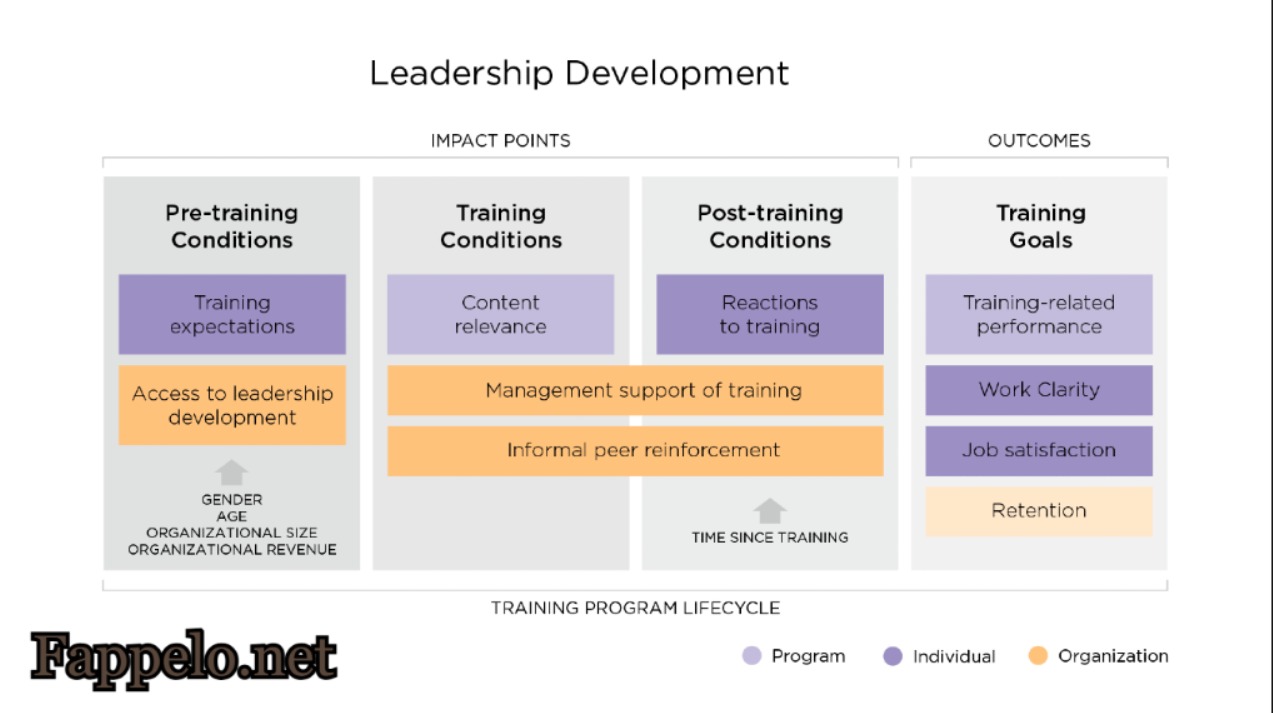In the dynamic business world, a leader’s role is continually evolving, making executive coaching an integral component in maintaining effective leadership. As organizations face an ever-changing landscape characterized by technological advances and diverse challenges, a static approach to leadership development is no longer sufficient.
It is the duty of leaders to steer their organizations through complexity, which necessitates innovative problem-solving techniques, robust interpersonal abilities, and an adaptable mindset. Instead, a continuous process ensures leaders are consistently equipped with the necessary skills to innovate, adapt, and inspire. By committing to ongoing development, leaders can better align their strategies with the market’s and their teams’ dynamic needs, ensuring sustained success and relevance.
The Importance of Continuous Leadership Development
Leadership development is a cornerstone for long-term organizational success. It enhances leaders’ ability to drive change, improve operational efficiency, and inspire their teams. A continuous approach recognizes that leaders regularly face new challenges and opportunities, and the development process must evolve accordingly.
This viewpoint promotes a lifelong learning mindset that executives can spread throughout their companies. Continuous development addresses the real-time complexities of leadership and ensures alignment between personal growth and organizational goals, fostering a culture of adaptability and resilience.
By investing in ongoing development, businesses ensure that leadership skills evolve with changing environmental demands, providing a critical buffer against obsolescence.
Adapting to Change
The business environment is constantly changing due to technological advancements, evolving consumer demands, and shifts in the global economy. Leaders must remain agile, adapting their strategies to meet these changes while staying aligned with their core vision.
By investing in ongoing leadership development, organizations ensure that their leaders can navigate these transitions smoothly, leveraging resources and talents effectively to maintain competitiveness. This adaptability is crucial for managing disruptions and capitalizing on opportunities for innovation and expansion, ultimately securing a sustainable competitive advantage in their respective industries.
The ability to foresee potential challenges and make informed decisions rapidly is enhanced through continuous development, reinforcing the organization’s market position.
Empowering Employee Engagement
Effective leadership is pivotal in fostering a culture of engagement, where employees feel valued and motivated. Continuous leadership development equips leaders with skills to connect authentically with their teams, understanding and addressing their needs meaningfully.
This engagement enhances productivity and job satisfaction and generates a good work environment that can attract and retain top personnel. By developing emotional intelligence and interpersonal skills, leaders can nurture a deeper connection with their workforce, fostering loyalty and commitment.
Enhancing Decision-Making Abilities
Sound decision-making is a critical component of successful leadership. As leaders climb the corporate ladder, their decisions significantly impact their organizations. Continuous development ensures leaders remain informed and capable of making well-considered decisions.
The process involves honing analytical skills, understanding emerging trends, and practicing strategic thinking, all of which contribute to more effective governance. This informed decision-making process enhances leaders’ confidence in their choices and fosters trust and credibility with stakeholders. Leaders who prioritize development cultivate a mindset toward data-informed decision-making, fostering a culture where strategic initiatives are grounded in robust analysis and insight.
Fostering Organizational Growth
A commitment to leadership development translates into broader organizational growth. Leaders who continuously learn and adapt cultivate an environment where innovation thrives. They are role models, encouraging their teams to embrace learning and experimentation.
This culture of development propels the organization forward, enabling it to seize opportunities and surmount challenges with agility and foresight. By fostering a culture that openly embraces change and values continuous improvement, organizations can maintain a sustainable trajectory of growth and innovation. Such a culture enhances competitiveness and ensures resilience amid external pressures and opportunities.
Cultivating a Learning Culture
Creating a culture that values learning and development at every level helps build resilient organizations. Such a culture supports leadership development and reinforces an organization’s commitment to employee growth. Leaders set the tone for this environment by prioritizing their developmental journeys and encouraging others to do the same.
A learning culture ingrained in the organizational fabric promotes continuous skill enhancement, adaptability, and innovation, essential for thriving in today’s fast-paced business world. It fosters an inclusive atmosphere where employees at every level feel empowered to contribute to organizational evolution and success.
Implementing Effective Leadership Programs
Organizations must implement robust leadership programs tailored to their unique contexts to achieve continuous development. These programs should be dynamic, integrating feedback mechanisms, and offering diverse learning opportunities, including mentorship,
Workshops, and real-life challenges. The goal is to align these programs with organizational goals while addressing the individual development needs of leaders. Continuous adaptation and improvement in leadership programs ensure they remain relevant and effective.
Nurturing Future Leaders
Investing in leadership development is also an investment in the organization’s future. By nurturing potential leaders, organizations ensure a steady pipeline of capable successors prepared for future challenges. This preparation involves providing mentorship, practical experiences, and resources to shape competent future leaders.
Encouraging emerging leaders to participate in decision-making processes and face challenges head-on prepares them for future roles, guaranteeing sustained leadership excellence and a seamless transition in leadership roles.
By fostering a culture where potential is identified and developed early on, organizations can ensure a consistent leadership quality that maintains business continuity and adapts seamlessly to future needs and challenges.



